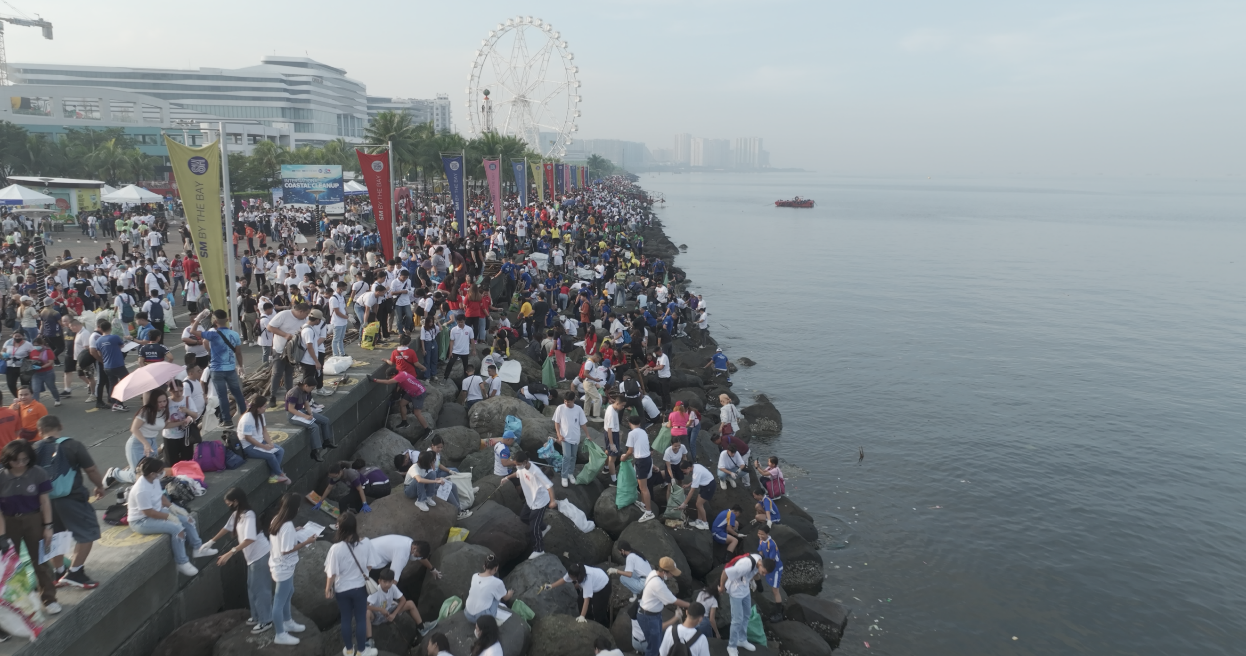MANILA – SM Prime Holdings, Inc. (SM Prime), one of the leading integrated property developers in Southeast Asia, is embarking on a unified waste management and segregation campaign in response to the growing global crises on waste. SM Prime aims to bring all its property groups and stakeholders toward an #SMWasteFreeFuture.
According to the United Nations Environment Programme (UNEP), humanity generates more than 2 billion tons of municipal solid waste annually, of which 45 percent is mismanaged. Without urgent action, municipal solid waste will double to almost 4 billion tons each year by 2050. On December 14, 2022, the United Nations General Assembly proclaimed March 30 as the International Day of Zero Waste.
The following year, UNEP inaugurated the First International Day of Zero Waste, to bolster actions to address the global pollution crisis. It aims to encourage global action and bring the world’s attention to zero waste.
Strong foundations
SM Prime’s founding leader, Henry Sy, believed that “business growth and social development must go hand in hand.” The company follows this guiding principle and has formed a sustainability policy that commits to the following: Resource Conservation and Efficiency, Disaster Resilience, Climate Advocacy, Social Integration, and Transparent Reporting.
Anchored on these sustainability commitments are the SM Supermalls’ Environmental Programs on Waste Management. Through its corporate social responsibility arm, SM Cares, SM Supermalls has pioneered longstanding programs such as the Trash to Cash recycling market, and provided support to the annual International Coastal Clean Up, among other national events.

(Photo caption) The largest haul and biggest participation to-date: The 38th International Coastal Clean-up had 17,000 volunteers across 15 SM Malls in 12 locations nationwide. It is an annual community-driven partnership between SM Supermalls, SM Cares, the DENR, LGU’s and the volunteers from the SM community.








